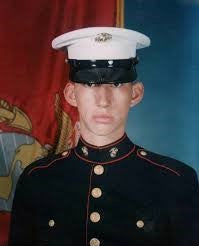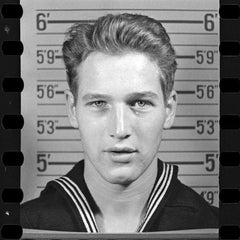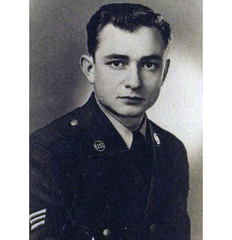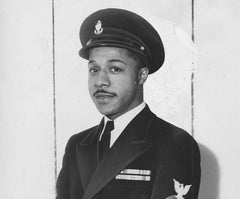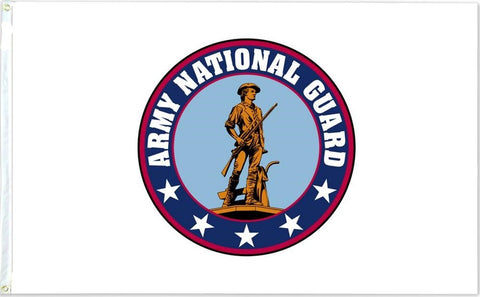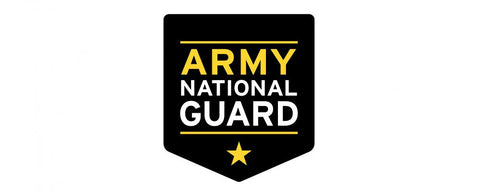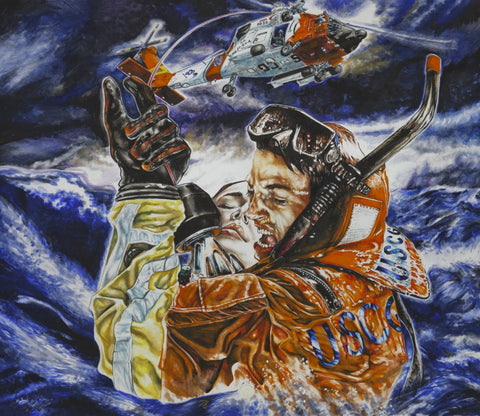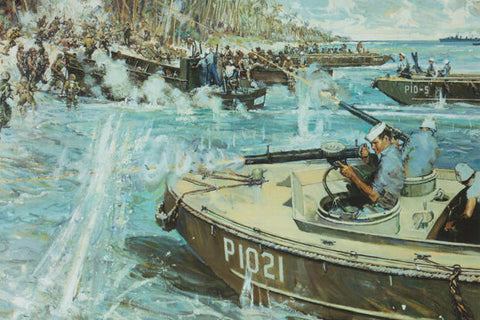Today in Marine Corps History

If you’re a Marine or just a big fan of Marines, here’s some information to help you recognize their major milestones over the course of American history.
November 10, 1775: The Continental Congress passes legislation that two Marine battalions be raised for service as landing parties in the Continental Navy. The Marines served throughout the Revolutionary War, but in 1783 at the end of the war, they were completely disbanded. In 1798, 15 years later, they would be formed again. Despite the break in service, Nov. 10, 1775 is still considered to be the “birthday” of the U.S. Marines Corps. So, today in Marine Corps history marks the birthday of the Marine Corps.
March 3, 1776: Today in Marine Corps history, the Marines descended on Fort Nassau in the Bahamas. The British military had been storing munitions in the Bahamas for use against the colonies in the Revolutionary War. Initially, more than 200 barrels of gunpowder were moved from Virginia to the Bahamas by the British. Learning of the cache, the newly formed Continental Marines sailed to the Bahamas with 235 Marines and captured not just full stores of gunpowder, but also other weapons. The British surrendered within minutes after the Marines came ashore.
April 27, 1805: Today in Marine Corps history the Battle of Derna began. There are a lot of misconceptions from this battle, but what isn’t up for debate is that it was a decisive victory. The battle was led by U.S. Army Lt. William Eaton who helped organize a mercenary army which included eight U.S. Marines under the command of U.S. Marine Corps Lt. Presley Neville O’Bannon. Pirates were raiding ships off the Barbary Coast so American forces were sent to protect American ships. The eight Marines who fought there wore high leather collars with their uniforms to protect against saber cuts, hence their nickname, “leathernecks.” The force landed and after recruiting a multinational force which included Greeks and Arabs, they marched 600 miles to Derna, Libya where they fought. They also rescued the crew of the USS Philadelphia which had been held hostage. The victory helped secure trading areas and protected U.S. ships. It was the first victory for the Marines on a foreign land and the first time U.S. forces, albeit a tiny force, fought on foreign soil.
Sept. 13, 1847: Today in Marine Corps history the Battle of Chapultepec was fought as part of the Mexican American War. More than 7,000 U.S. Army soldiers, including Ulysses Grant, George Pickett, James Longstreet, Stonewall Jackson and Robert E. Lee, and 400 U.S. Marines fought their way into the Palacio Nacional. Accounts vary from those who were there, but about 40 Marines participated in the storming of the castle. Marines suffered a 90 percent casualty rate. The battle would earn a place in the Marine Corps Hymn as “The Halls of Montezuma.” The palacio is still used today by the Mexican government. Marine Corps tradition maintains that the red stripe is worn on the trousers of the dress blues uniform, known as the blood stripe, to show respect for the Marine non-commissioned and commissioned officers who died while storming Chapultepec, even though iterations of the stripe predate the war.
June 7, 1918: Today in Marine Corps history, outside of Paris in Belleau Wood, the 4th Marine Brigade fixed bayonets and charged at the enemy. They endured low supplies, heavy casualties and blistering enemy fire. After 20 days of intense fighting against the Germans, the Marines won the battle and the Germans labeled them “Devil Dogs” for fighting so tenaciously.
Feb. 23, 1945: Today in Marine Corps history the Marines were sent in to capture airfields on Iwo Jima. The battle lasted 36 days and the Marines struggled with high casualties, terrain that was full of tunnels (and enemy), and a relentless Japanese military that would die rather than surrender. Early in the battle, a group of Marines raised the flag over Mt. Suribachi as a way to encourage Marines below to keep fighting. Later, Marines returned to that summit and replaced the flag with a larger one. The iconic moment was photographed and is likely the most known image of World War II.
Nov. 27, 1950: Today in Marine Corps history, at the Chosin Reservoir, the 1st Marine Division found itself surrounded and outnumbered 8 to 1 by the Chinese Army. Without air support, the Marines were cut off and were forced to fight in temperatures reaching -40 degrees Fahrenheit. Nonetheless, the “Chosin Few” as they would be called, killed 10 Chinese divisions and fought their way back to the sea as UN forces retreated.
March 2, 1968: Today in Marine Corps history, after 33 days of fighting in what is considered the longest and bloodiest battle of the Vietnam War, outnumbered Marines fought a vicious battle in Hue City against North Vietnamese and Viet Cong forces. The battle started with the Tet Offensive on the first night of the Vietnamese lunar new year and hundreds of attacks were launched across the country. In the end, after block by block fighting, the Marines retook the city.
Jan. 17, 1991: Today in Marine Corps history, after Iraq invaded Kuwait, a coalition of international forces launched Operation Desert Storm to remove Iraqi forces from Kuwait. Marine aviators used airpower to help destroy Iraq’s air and naval forces, antiair defenses and missile launchers. The 1st and 2nd Marine Divisions attacked through Iraq’s southern border while 8,000 Marines kept the Iraqi army distracted in the north. The ground war lasted less than 100 hours.
Nov. 25, 2001: Today in Marine Corps history, just two months after the 9-11 attacks, about 1,000 Marines were the first major conventional ground force in Afghanistan sent to fight Al-Qaeda. In 2004, Afghanistan held its first elections. In June 2010, the war in Afghanistan became the longest war in U.S. history. The war is still being fought and more than 114,000 Marines have served in Afghanistan. Two Marines, Dakota Meyer and Kyle Carpenter earned the Medal of Honor in Afghanistan.
March 19, 2003: Today in Marine Corps history, the U.S. military launches the invasion of Iraq first by air, then by land as Marines fight in Iraq to topple Saddam Hussein. While they served in many roles and in many fights, their most known is Operation Phantom Fury in Fallujah in November 2004. The majority of Marine battles were fought in urban environments making the fighting challenging because of booby traps and an enemy that often used remotely detonated weapons to fight. Jason Dunham was awarded the Medal of Honor for actions in Iraq.




